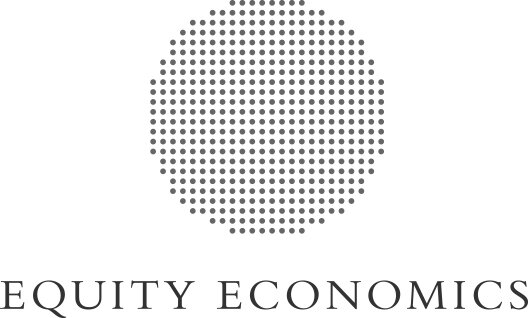Timor-Leste Economic Diversification Pathways
Summary
Despite making commendable development progress since gaining independence in 2002, Timor-Leste’s economic performance and potential have been hampered by slow and volatile economic growth, driven by the oil and gas sector.
This growth has been lower than all ASEAN members except Brunei (another oil and gas exporter). The last LNG shipment from Bayu-Undan left in November 20231. With no alternative revenue source in the short-term (until any future oil and gas developments come online), the Government of Timor- Leste’s (GoTL) revenue shortfall will be significant, highlighting the urgent need to diversify the economy.
The IMF projects that the government’s Petroleum Fund will be exhausted by 2037, which will require significant fiscal consolidation to avoid fiscal and macroeconomic instability. Other developmental outcomes, including human capital and poverty, have also fallen short of the country’s aspirations.
Findings
In this report we argue that a lack of economic diversification is one of the most important drivers of Timor- Leste’s economic performance.
Timor-Leste’s exports are dominated by oil and gas, labour mobility, tourism, and coffee, and not much else. Attempts to export new products generally fail after just a few years. Imports, by contrast, are very diversified, reflecting limited domestic production. The broader economy is also not well diversified, with around 40% of the population employed in agriculture (or fisheries or forestry), 22% employed by GoTL, and only 3% employed in manufacturing.
Timor-Leste’s dependence on oil and gas, and the need to diversify the economy is well understood, including by GoTL. There is an urgent need to broaden the industrial base and develop domestic productive capacities. However, the path to such development and diversification is less clear, especially given Timor-Leste’s substantial constraints to international competitiveness.
Read the full report



